Episode 132: Martin Kulldorff discusses vaccines, lockdowns, school closings and the global response to COVID-19
Description
Our guest today describes the global response to COVID-19 as one of the biggest public-health fiascos in history. As you would expect, he gained quite a bit of notoriety for this contrarian view. Dr. Martin Kulldorff is an epidemiologist and biostatistician who has spent the past 30 years researching infectious diseases as well as the efficacy and safety of vaccines.
He is internationally known for his statistical and epidemiological methods for the early detection and monitoring of infectious diseases. A former Harvard Medical School professor who today is the Senior Scientific Officer at the Brownstone Institute, Martin worked with the Centers for Disease Control on its current system for monitoring potential vaccine risks. Today, the U.S. and other countries around the world use Martin’s detection methods to monitor COVID-19.
Martin made national headlines in October of 2020 when he and Dr. Jay Bhattacharya of Stanford and Dr. Sunetra Gupta of Oxford published the Great Barrington Declaration, a paper that questions school closings, lockdowns, travel restrictions and other governmental responses to the COVID-19 pandemic. The three authors recommended “focused protection” instead, a policy of protecting senior citizens and others who are most at risk of dying from COVID while allowing young people and others who face minimal risk of death to resume their normal lives.
The three authors were immediately skewered for what critics called a radically dangerous approach for pandemic management.
At STEM-Talk, however, we appreciate that a curious, open, and even skeptical mind is at the heart of the scientific method. Because of that, we have invited Martin to sit down with us to discuss the Great Barrington Declaration as well as his views about pandemics and the best ways to safeguard the public. We also review with Martin the age-adjusted mortality rates of states like Florida, New York and California which had quite different responses to COVID-19.
Ironically, co-host Dawn Kernagis learned on the morning of our interview with Martin that she had contacted COVID. So, she has to skip today’s discussion. (Note to listeners: It was just a mild case and Dawn is already back on her feet.)
But in today’s fascinating episode, Martin and host Ken Ford discuss:
— The safety of vaccines, including the coronavirus vaccines.
— Martin’s thoughts about the Pfizer BioNTech COVID-19 vaccine for children.
— The Great Barrington Declaration and the concerns it raised about the physical, mental-health and economic impacts of the prevailing COVID-19 responses.
— The effectiveness of natural immunity compared to vaccine-induced immunity.
— Whether hospitals should be hiring caregivers with natural immunity rather than firing them.
— Martin’s thoughts about Sweden, which was the only Western nation that did not impose lockdowns or close its schools and daycare centers in response to COVID-19.
— What age-adjusted COVID mortality rates for the U.S. have to say about the different approaches states used in response to the pandemic.
Show notes:
[00:05:20 ] Ken opens the interview mentioning that Martin was born in Lund in 1962 in southern Sweden, but grew up in Umea, a university town in northeast Sweden. Ken asks what prompted Martin’s family to move to Umea when he was two years old.
[00:05:47 ] Ken mentions as an aside that he once spent an enjoyable week at the University of Umea visiting Lars-Erick Janlert. Ken served as the external expert for a PhD dissertation.
[00:07:00 ] Ken asks Martin what he was like as a child.
[00:07:32 ] Ken asks what drew Martin to math, and if it came naturally to him.
[00:08:15 ] Martin talks about his decision to attend Umea University and major in mathematical statistics.
[00:09:09 ] Ken asks why Martin moved to the United States and to attend Cornell University as a Fullbright Fellow for his postgraduate studies, and why he decided to earn his Ph.D. in operations research.
[00:10:39 ] Ken asks about the software Martin developed called SaTScan, which analyses spatial, temporal, and space-time data for the purposes of geographical and hospital-disease surveillance.
[00:14:13 ] Ken asks why Martin returned to Sweden to be an assistant professor in statistics at Uppsala University after receiving his Ph.D.
[00:15:26 ] Ken asks when and why Martin became primarily focused on diseases and epidemiology rather than other fields where statistics is applicable.
[00:16:47 ] Ken mentions TreeScan, a data mining software package that Martin developed which looks for excess risk in a large number of individual cells in a database as well as in groups of closely related cells. Ken asks Martin to talk about how this software is used for disease surveillance and what some of its key features are.
[00:18:09 ] Ken mentions that Martin is also the co-developer of the R-Sequential software program used for exact sequential analysis, with his key scientific contribution to it being the development of the statistical and epidemiological methods used in this software. Martin gives an overview of what these methods include.
[00:20:01 ] Ken asks why Martin returned to a university setting when he left the National Cancer Institute to work at the University of Connecticut.
[00:20:50 ] Ken mentions that in 2002, Martin took a position as a professor of medicine at Harvard Medical School and Brigham Women’s Hospital. Martin talks about how much of his research at the time was focused on developing new statistical and epidemiological methods for disease surveillance and looking at ways to optimize health outcomes for individuals and populations.
[00:21:43 ] Ken asks Martin to talk about his work with a CDC working group that looked at the Measles-Mumps-Rubella Vaccine, also known as the MMR vaccine.
[00:25:34 ] Ken mentions that Martin had been a member of the FDA’s Drug Safety and Risk Management Advisory Committee and asks Martin to talk about this work.
[00:28:06 ] Ken asks about Martin’s work as part of the World Health Organization’s Disease Mapping Advisory Group in 1997.
[00:29:07 ] Ken asks Martin to describe how his methods and contributions to the development of statistical and epidemiological methods for early identification of infectious disease outbreaks are being used today to monitor COVID-19 in the U.S. and abroad.
[00:30:18 ] Ken mentions that much of Martin’s research today focuses on developing and applying new disease surveillance methods for post-market drug and vaccine safety surveillance. Ken also mentions that a significant number of people today have concerns about the safety of not just the coronavirus vaccines, but all vaccines. Ken asks what insights Martin can share with people about the safety of the coronavirus vaccines as well as vaccines more generally.
[00:32:57 ] Ken mentions that Martin has helped develop key parts of the U.S. vaccine safety system, and in 2020 he became a member of the CDC’s Covid Vaccine Safety Technical Work Group which reviewed COVID-19 vaccine safety data on a weekly basis when the U.S. began its vaccination program. Ken goes on to mention that in April of 2021, the CDC removed Martin from the work group after he publicly disagreed with the agency’s pause of the Johnson and Johnson COVID vaccine for older Americans. Ken asks Martin what his key objections were to the pause of the J&J vaccine and what were the issues that led to his removal from the safety group.
[00:38:32 ] Ken explains that the CDC is now recommending the Pfizer BioNTech COVID-19 vaccine for children 5 through 11 years old, as well as children 12 to 17. Ken asks what Martin’s thoughts are on this and what advice does he have for parents about giving this to their children.
[00:41:59 ] Ken explains that Martin has been an outspoken critic of not only the U.S. response to COVID-19, but also the global response, which he has described as the biggest public health fiasco in history. Ken goes on to mention that Martin and two other scientists – Sunetra Gupta fron Oxford and Jay Ghattacharya of Stanford – wrote The Great Barrington Declaration, which raised concerns about the damaging physical, mental-health, and economic impacts of the prevailing COVID-19 responses. Instead of Lockdowns, Martin and his colleagues recommended focused protection. Ken asks why Martin thinks lockdown policies have produced devastating effects on short and long-term public health.
[00:44:53 ] Martin elaborates on the concept of focused protection and how it is fundamentally different than the lockdown approach.
[00:49:00 ] Ken mentions that Martin has made the point that nurses and caregivers who have recovered from COVID-19 have stronger and longer-lasting immunity than vaccinated people who have not been infected with COVID-19. Ken asks Martin to elaborate on his position that hospitals should be hiring caregivers with natural immunity rather than firing them if they refuse to take the vaccine.
[00:51:47 ] Ken mentions that a recent Israeli study conducted in early 2021, that looked at a group of people who had contracted coronavirus and thus had natural immunity. The study demonstrated that natural immunity confers longer lasting and stronger protection against infection, symptomatic disease, and hospitalization than two-dose vaccine-induced immunity. Ken mentions that this study has not been peer-reviewed yet and it only focused on Israelis who received the Pfizer vaccine, but asks Martin to give his initial thoughts about what this research shows in terms of an immune hierarchy related to the coronavirus.
[00:54:23 ] Ken asks if we know if the

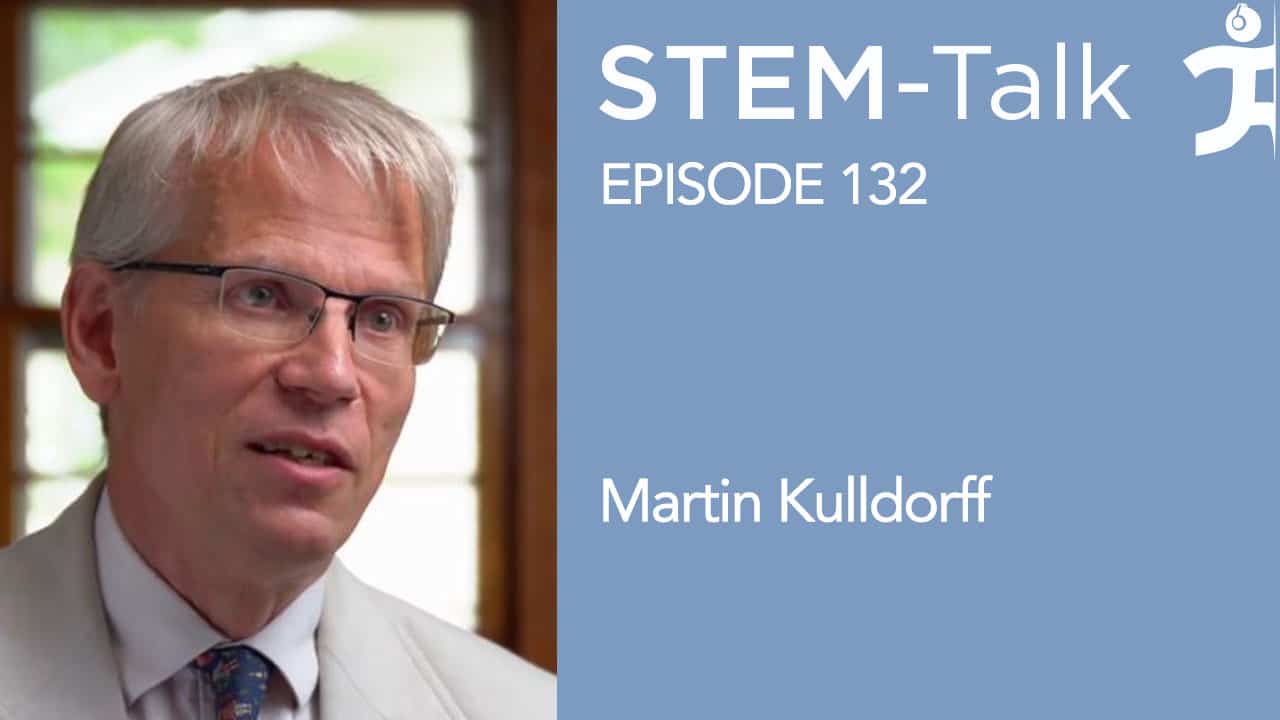
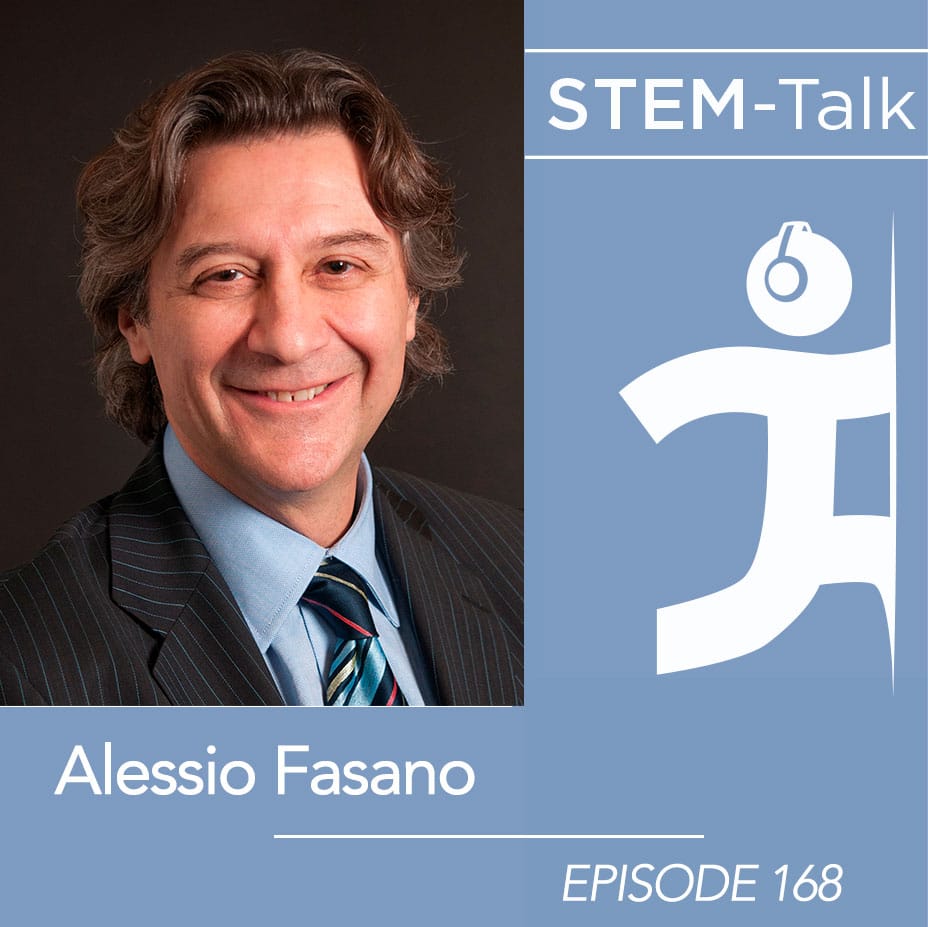
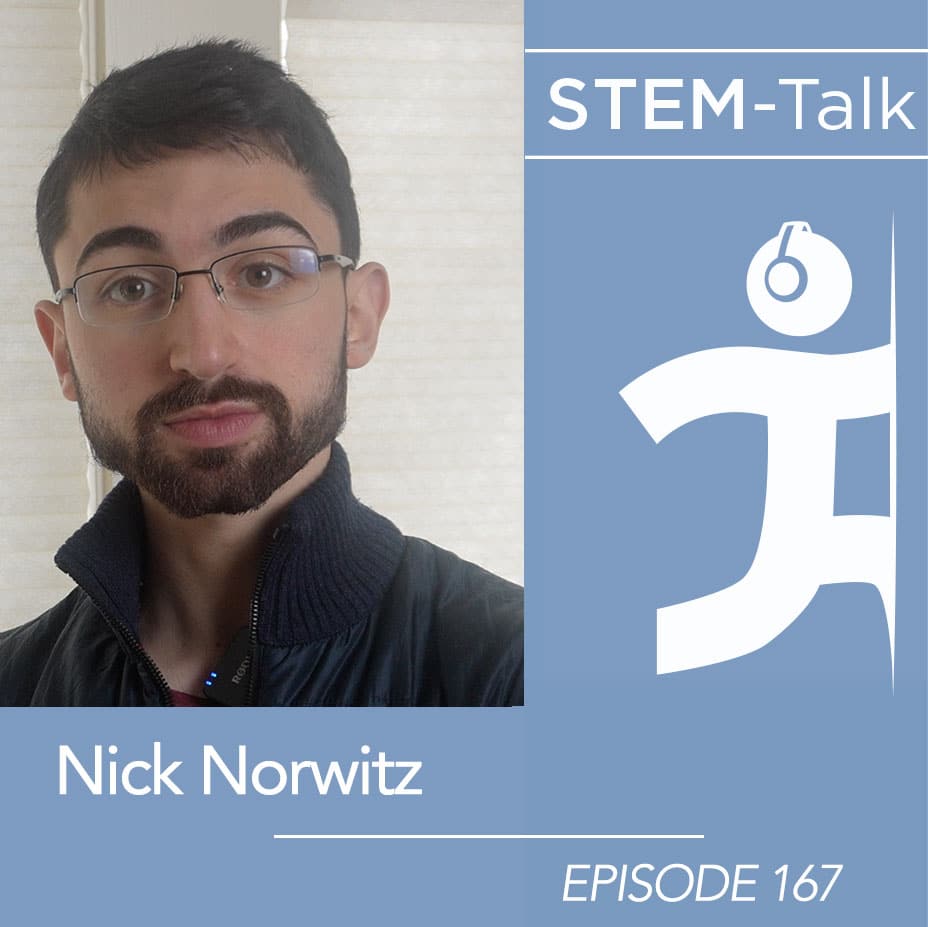

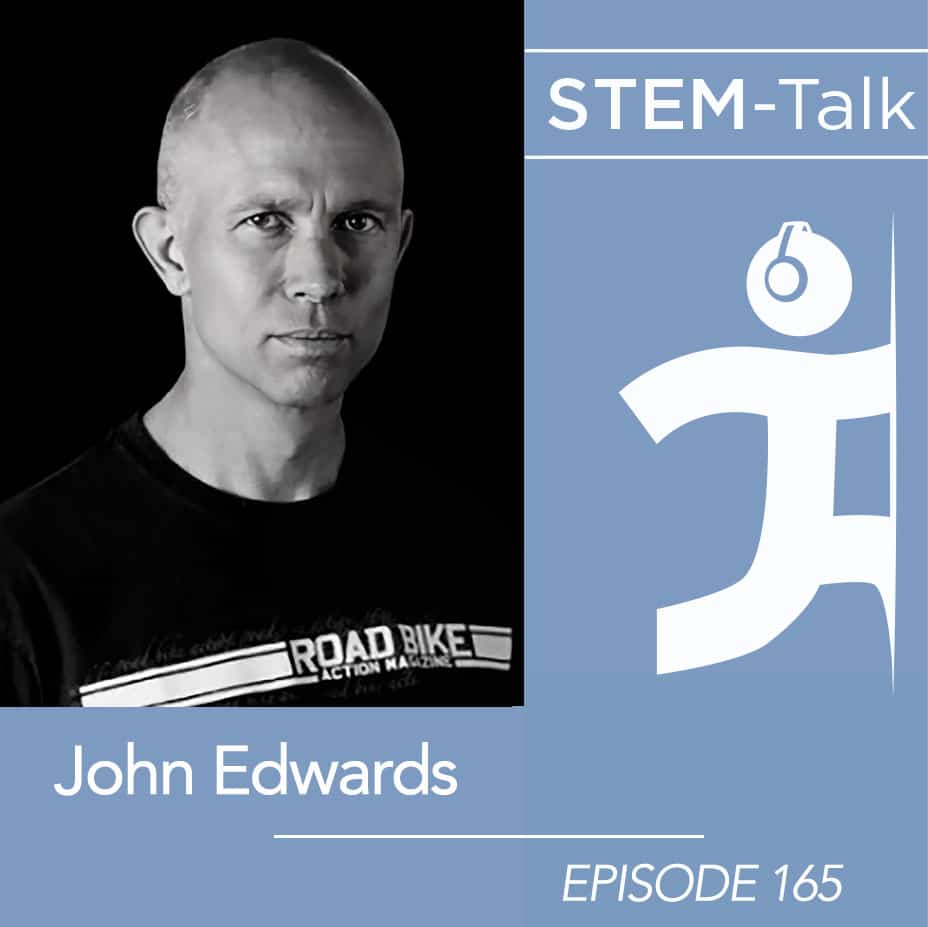
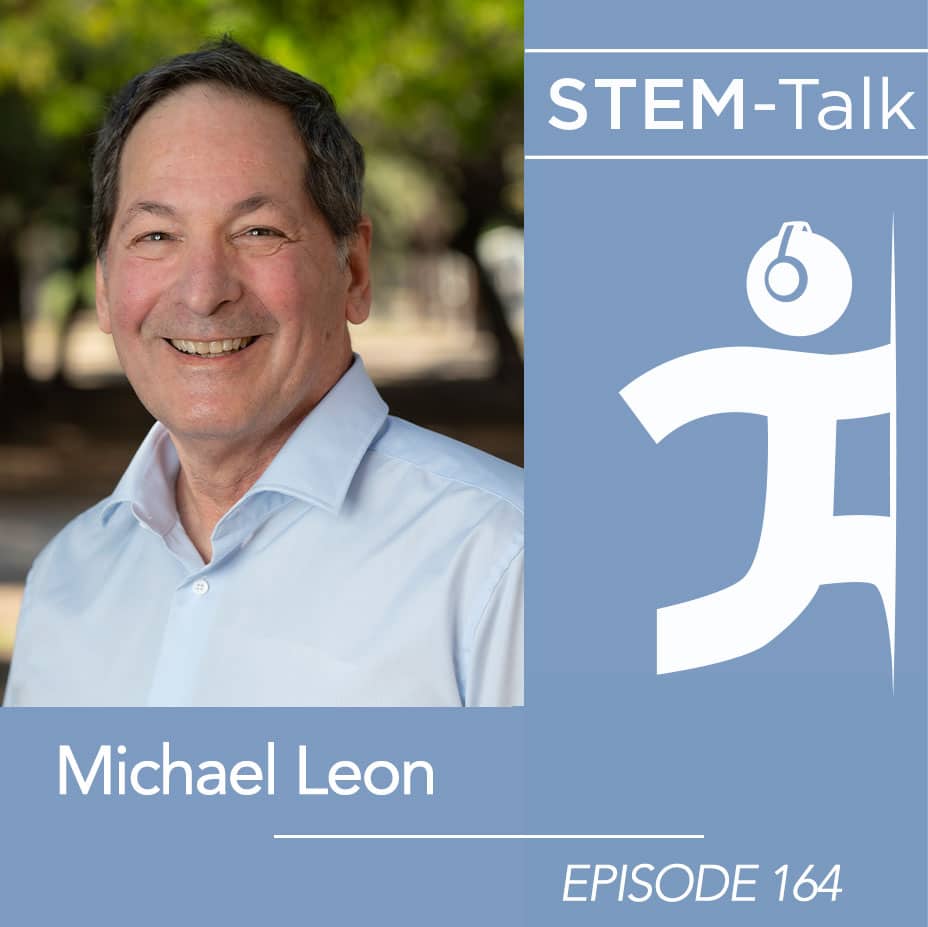

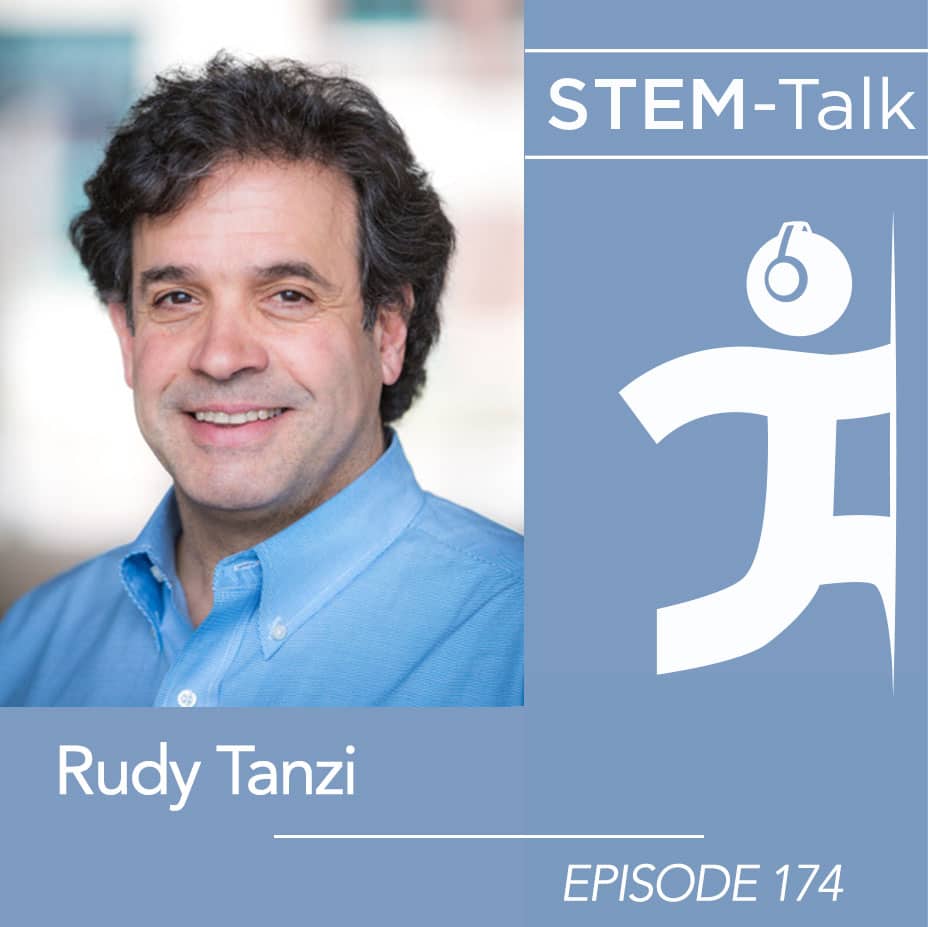
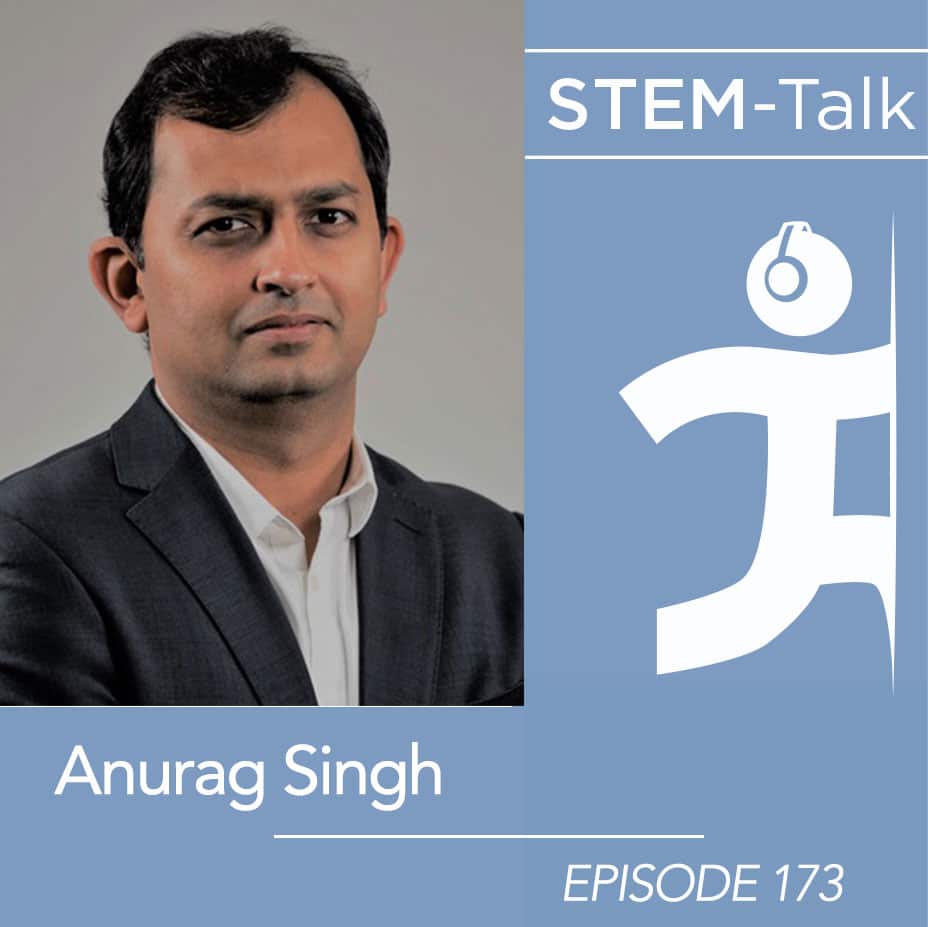
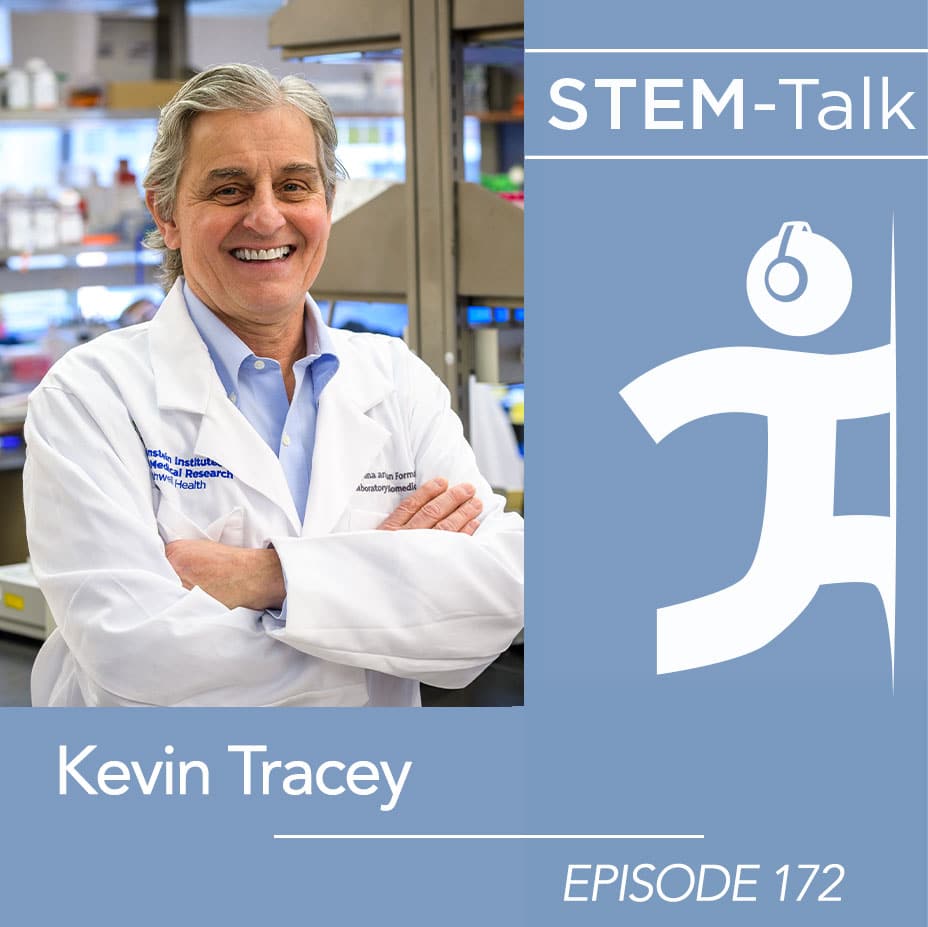
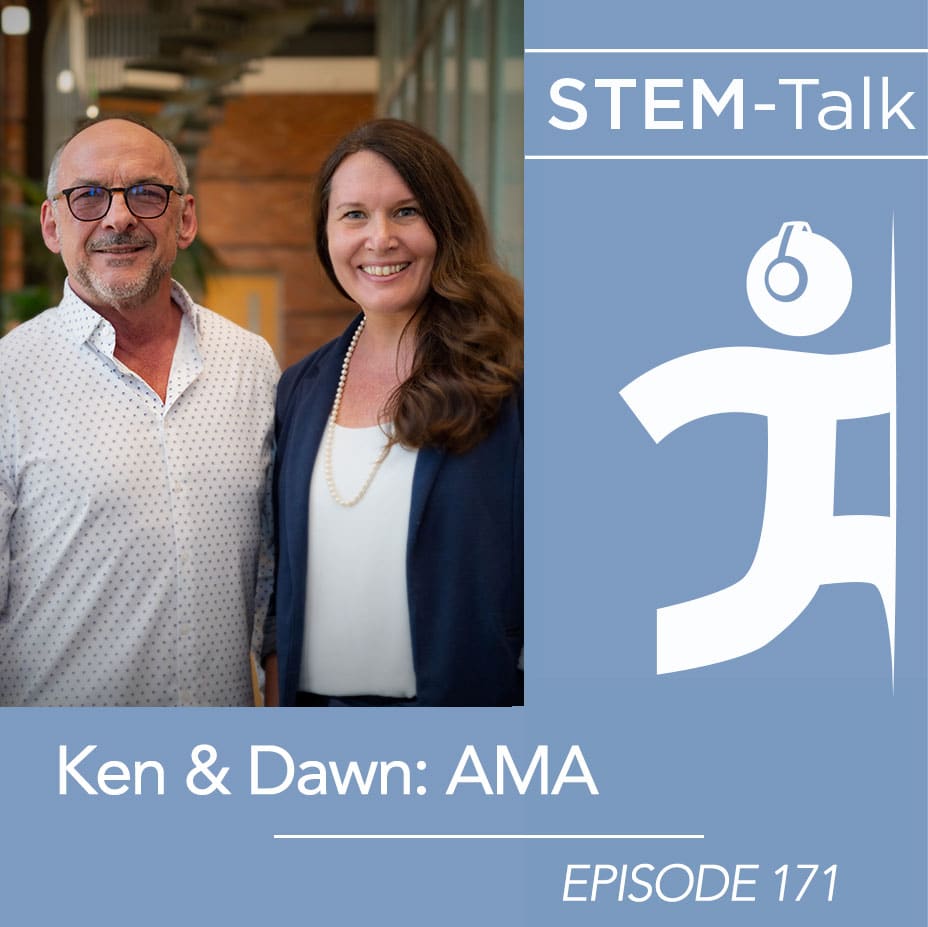
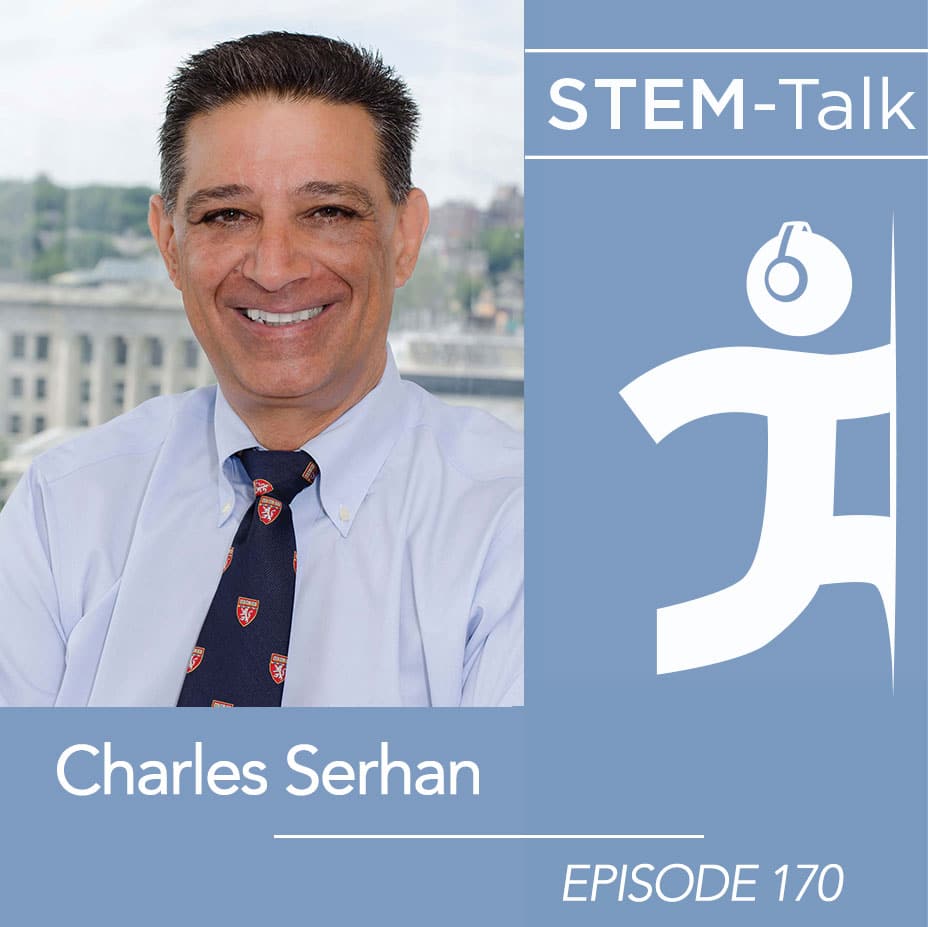

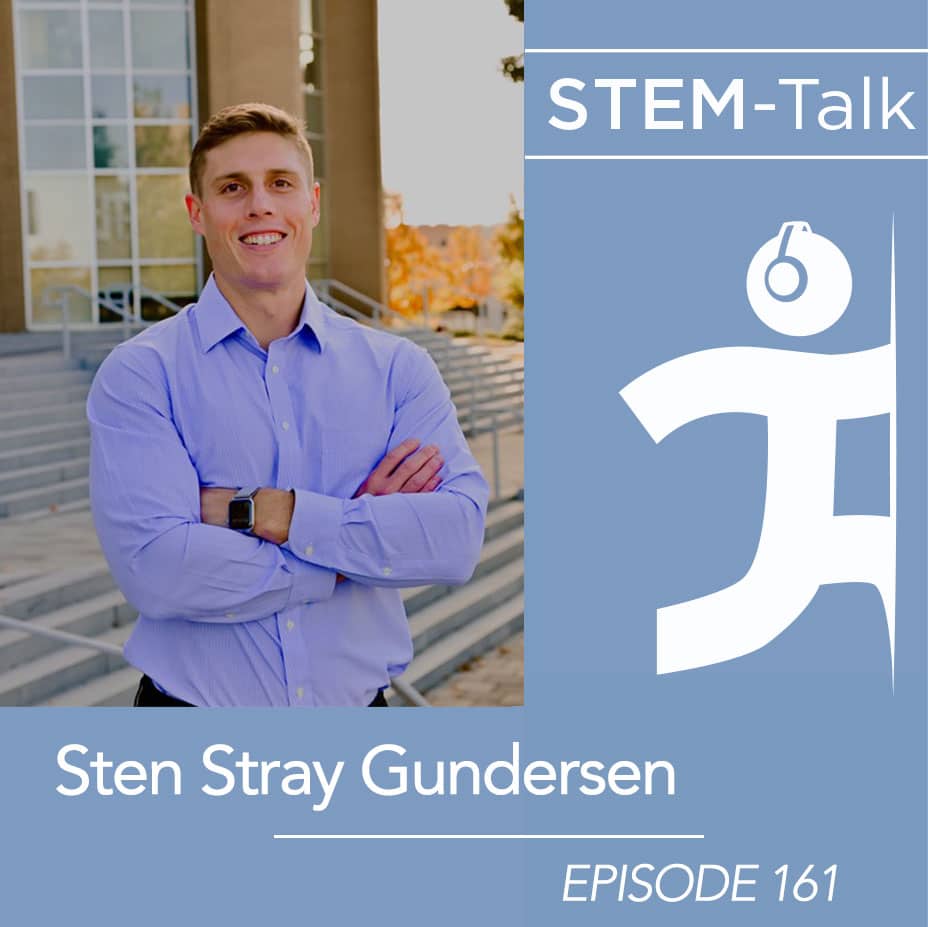


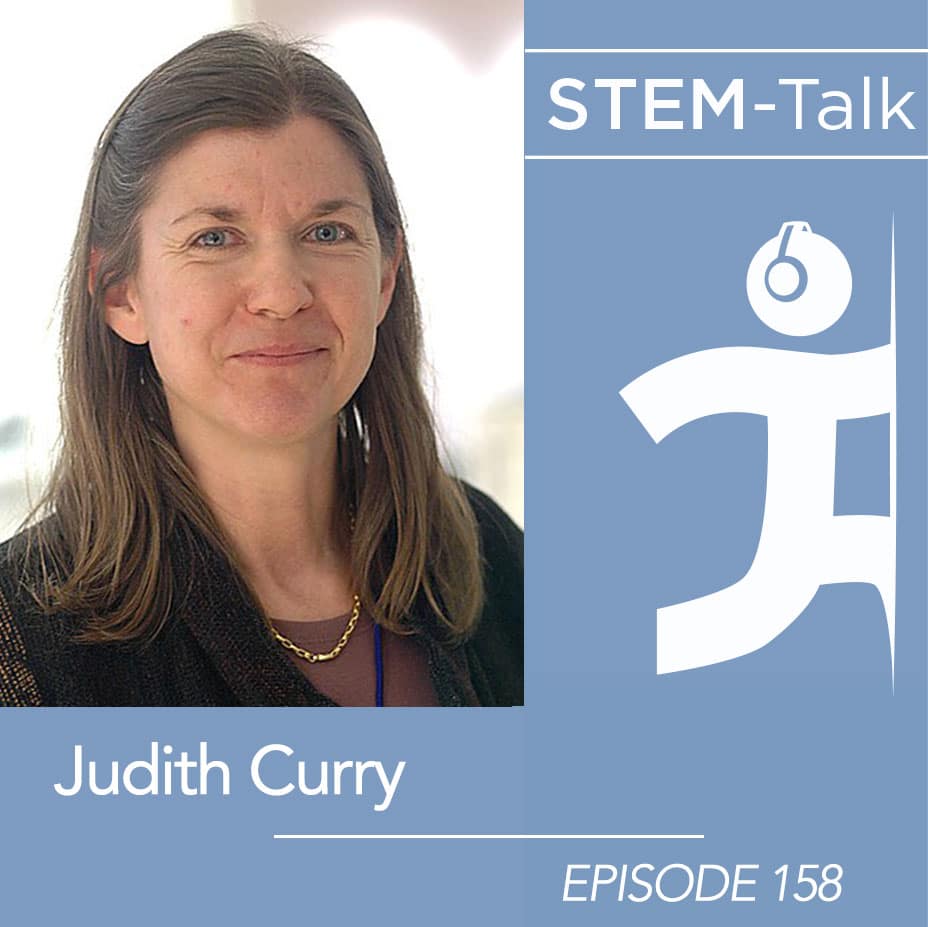
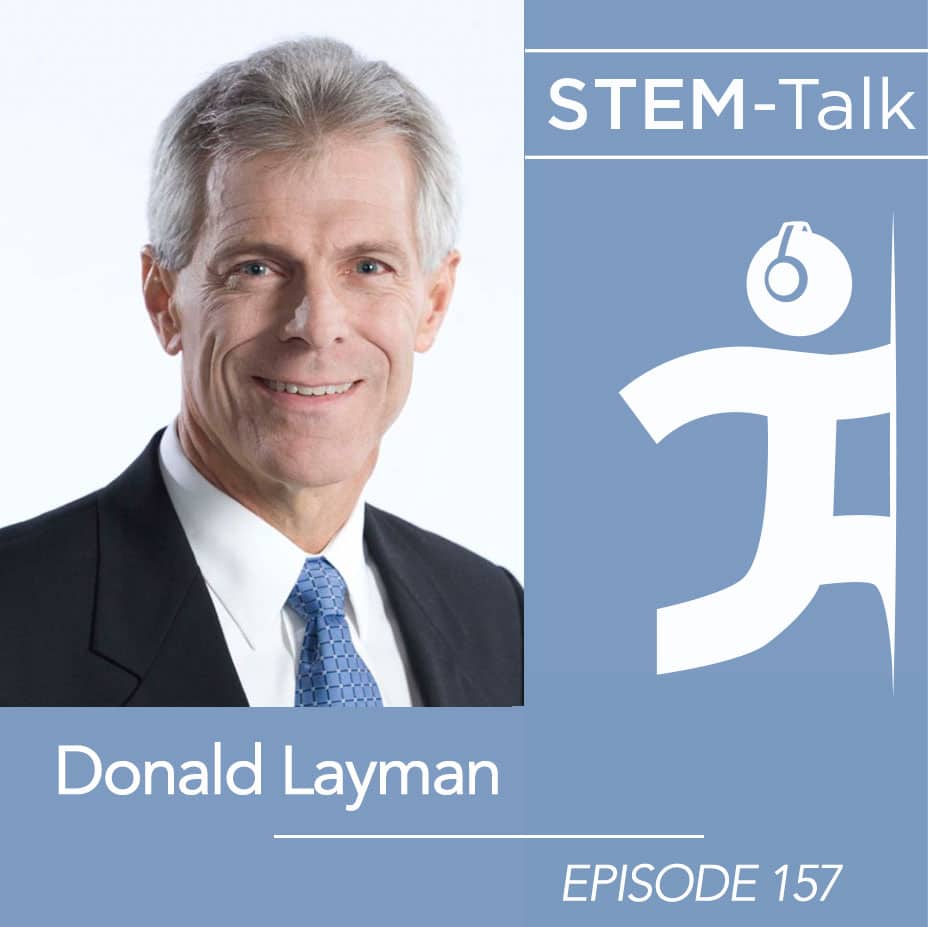
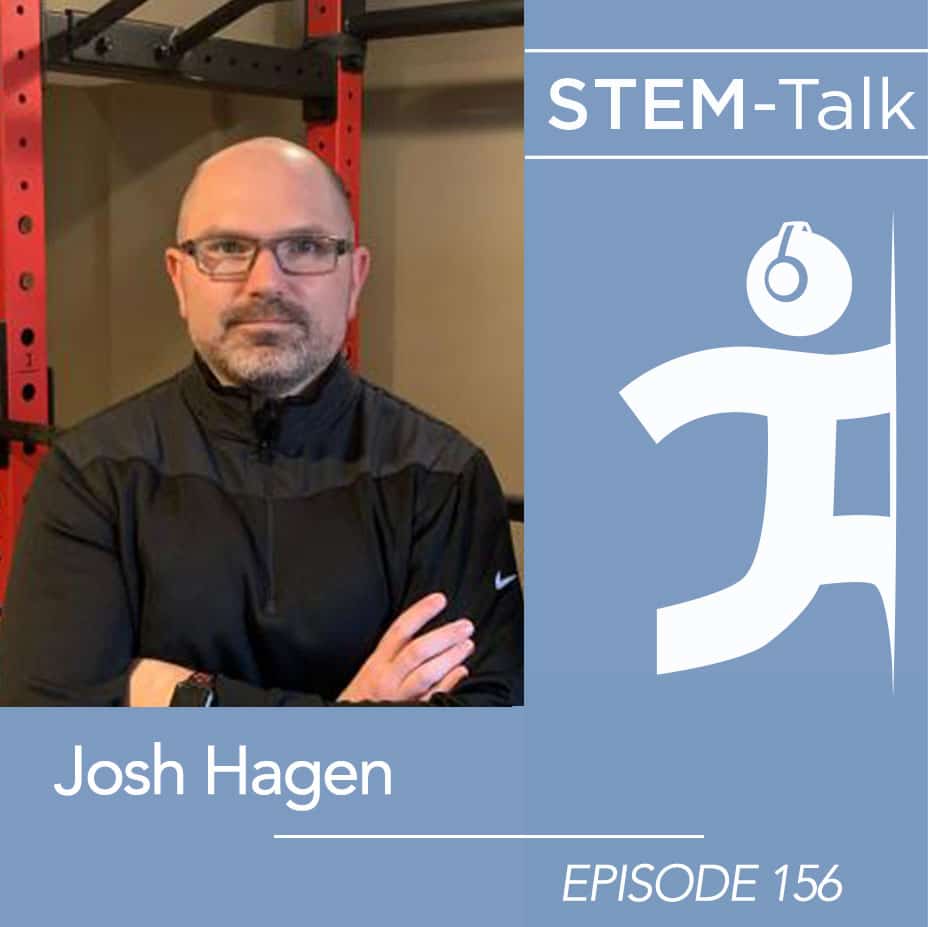




when did this interview take place? now we know people are being infected more than once. People who live in multigeneraion house holds runs significant risk of catching. we are finding now there are limited teachers to teach the kids because the teachers get sick.